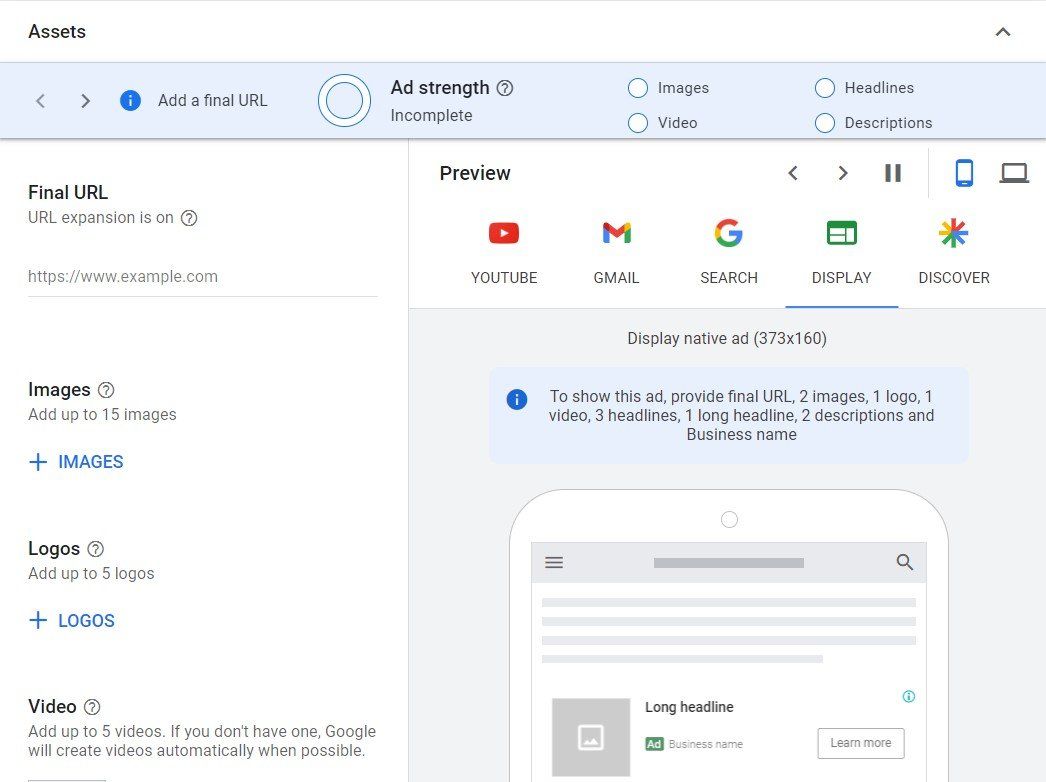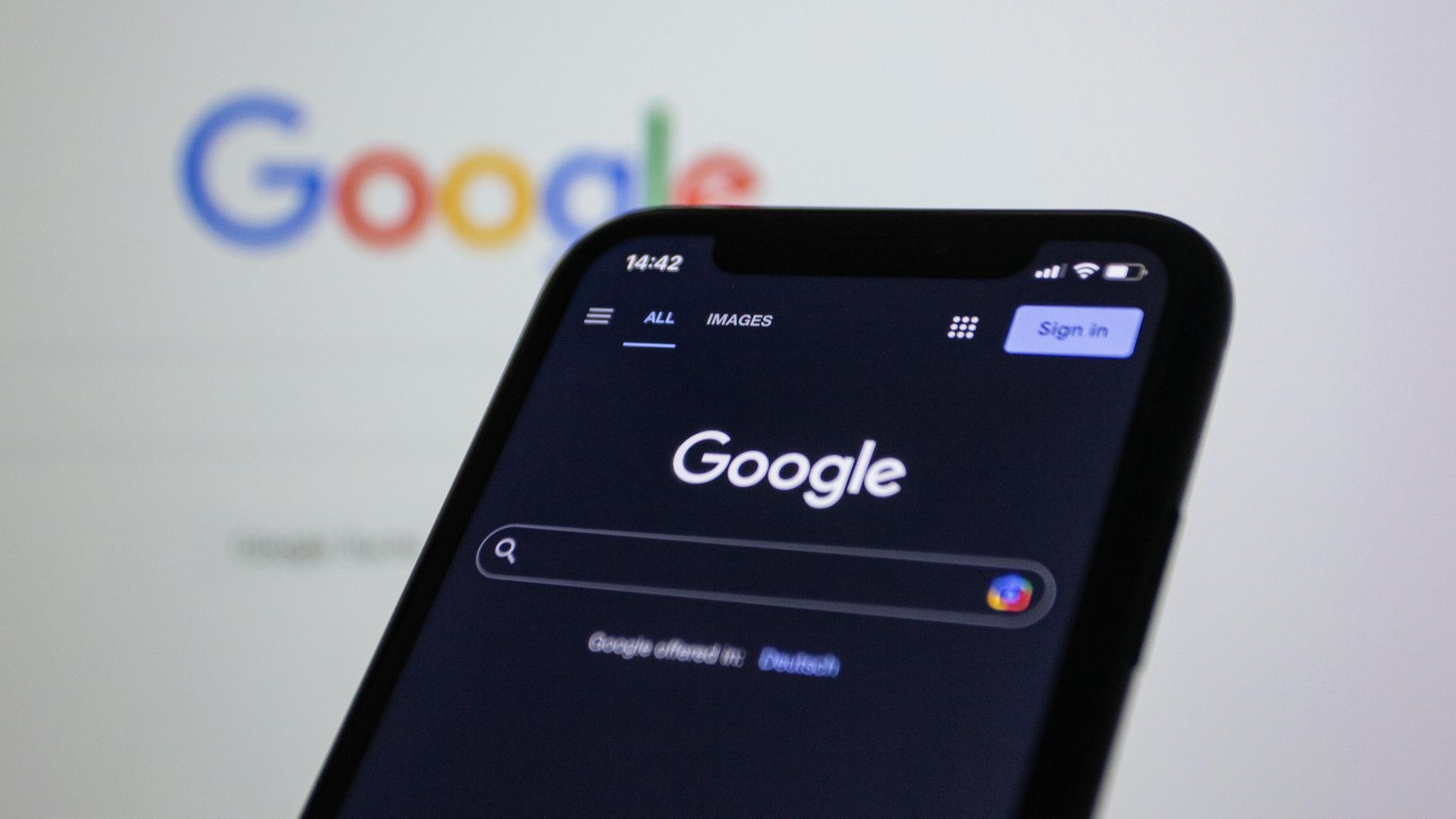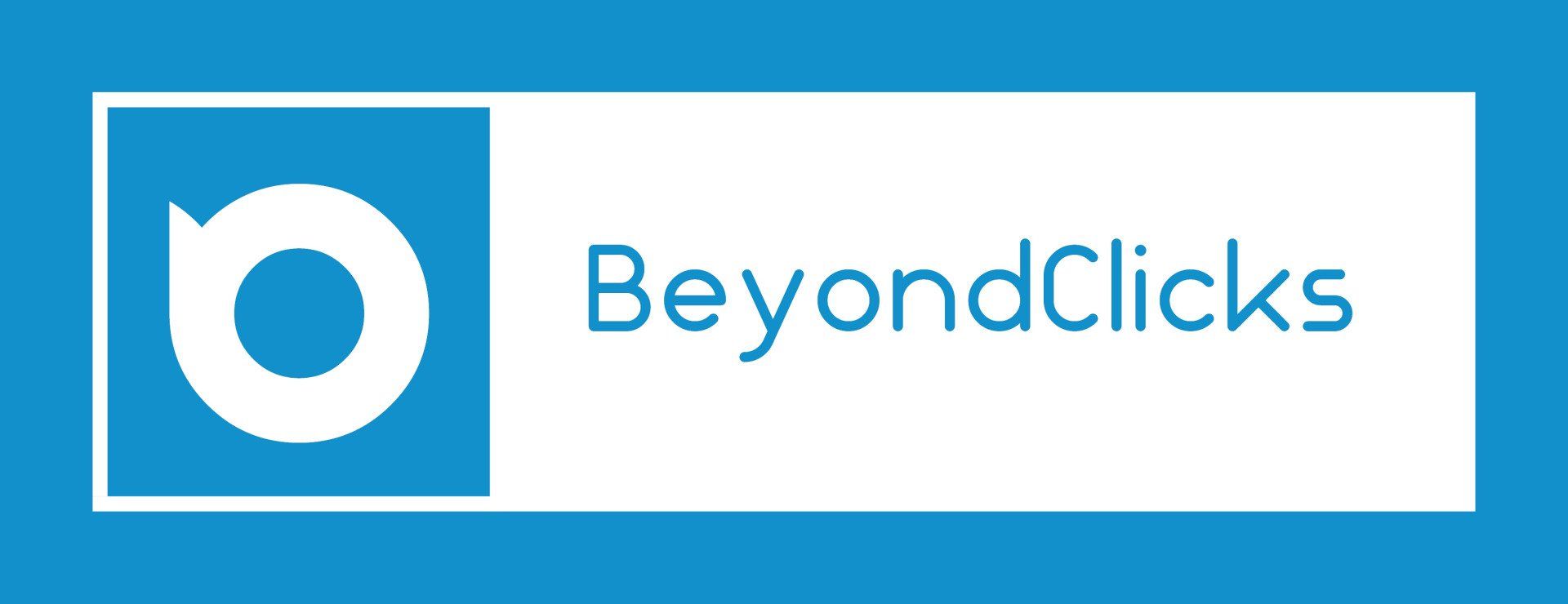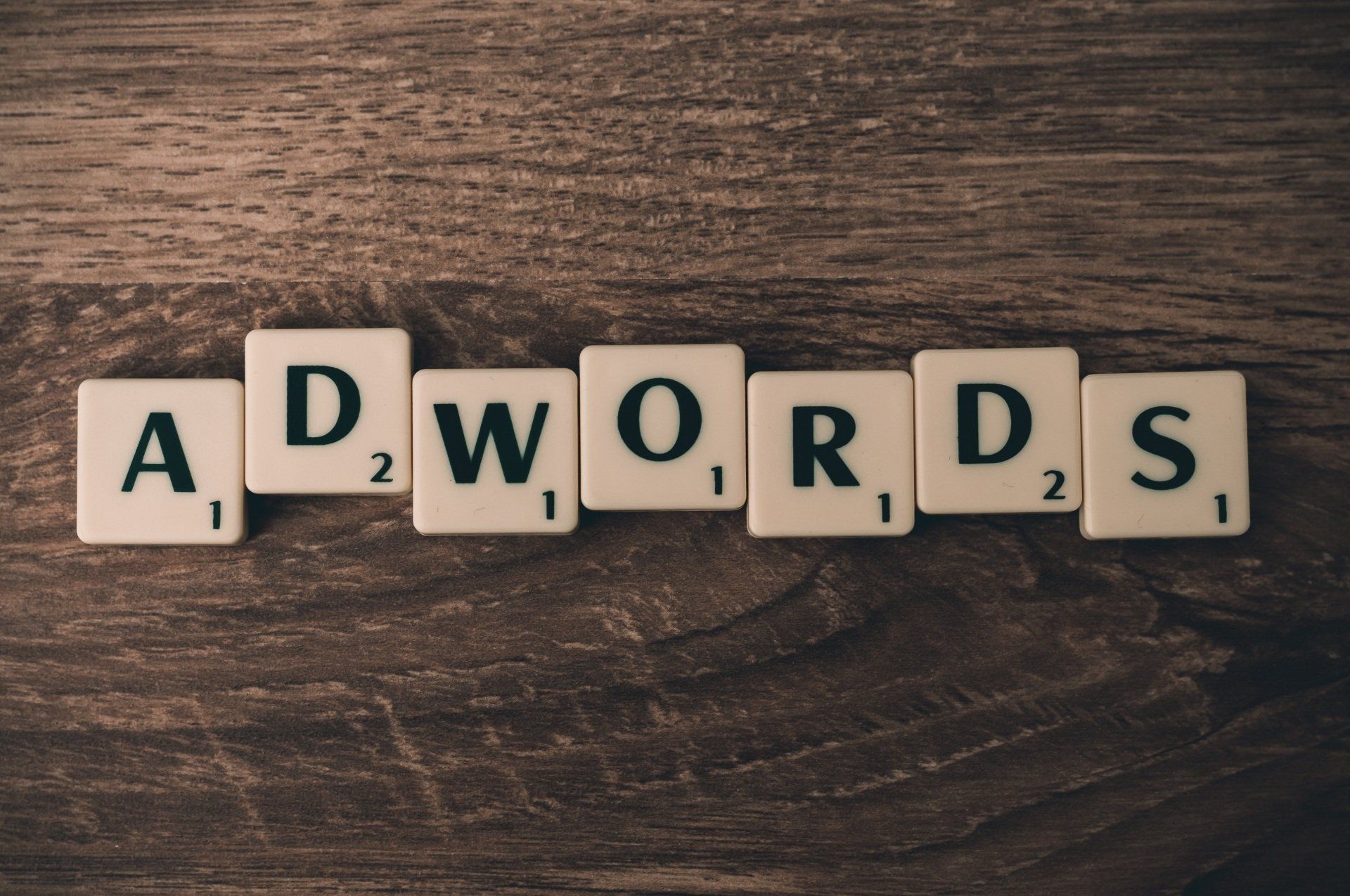5 Things About Google Ads Performance Max You Should Know
Google recently
announced the launch of Performance Max campaign around Q4 2021. Performance Max campaign type allows advertisers to reach the defined audience segments across all Google properties.
As the demand for better advertising efficiency continues to evolve, so do Google advertising products. This was reflected in the most recent announcement made by Google about the birth of Performance Max campaign.
Performance Max campaign was developed with 1 goal in mind: to allow advertisers reach out to their target audiences across Google properties in a seamless and easiest way. In other words, Google brings automation for advertisers through its sophisticated algorithms.
It's great, right? Well... the answer is "it depends" and here's why.
1. Performance Max campaign is great for consideration
If your campaign goal is to encourage your target audiences to consider your product or service offerings and you measure the effectiveness or ROI of your campaign through metrics (i.e. conversions) such as newsletter subscription, free trial, and other similar ones, then you may want to try Performance Max campaign.
2. Still too early to tell
As with any other new product features or launches, Google is actively collecting feedback from its users and will then make adjustments to the algorithms. Thus, we think that allocating a certain amount of campaign budget to Performance Max campaign whilst proactively optimising the campaign will be the right approach to take. Thereafter, increase the budget and bid to scale the campaign once the campaign results meet your expectations.
3. Start with custom audience segments
Before expanding your campaign to include Google native interests and demographics, you may want to start with your own data and custom segments as those, technically speaking, carry the highest intent. By doing so, you will be sending a signal to the algorithms to find the most similar audiences to your own data and custom segments.

4. Good in the long run
Similar to other campaign, Performance Max campaign allows advertisers to add more than 1 creative asset. The best practice is to have minimum 3 creative assets for the system to rotate and optimise. By doing so, you will be able to know which creative asset has the best performance and may want to create more similar creative assets for further optimisation.

5. Keep your bidding low at the start
It might be a good idea to start with low bid. You may ask how low? Well... it really varies because the target audiences are different from campaigns to campaigns and thus there is no definite answer to this. The general rule of thumb, however, is that, as long as the bid allows the campaign to deliver sufficient impressions, then you may stick with it until the campaign has meaningful data to analyse and make further adjustments.
Ready to grow your business?
Contact Us





